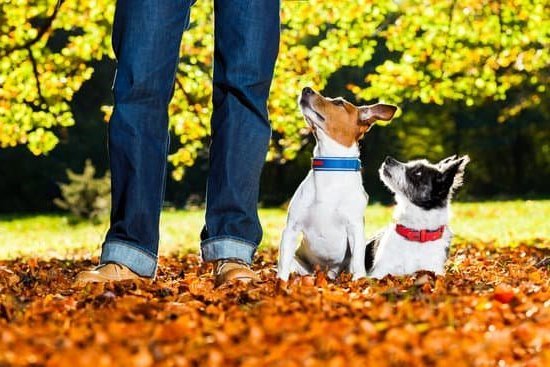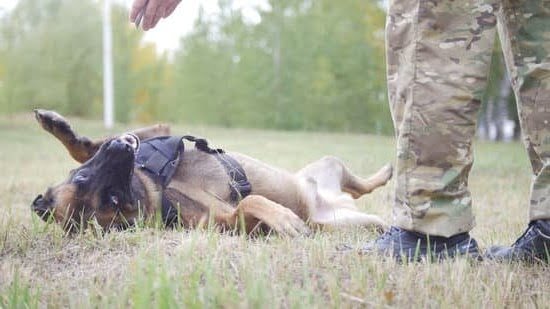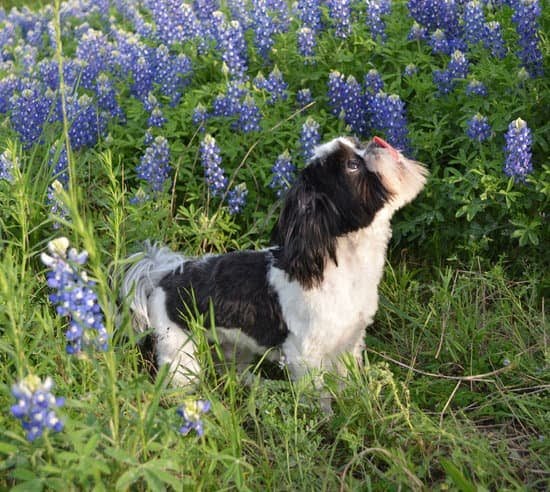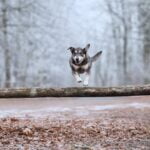?
There can be a number of reasons why a house trained dog pees in the house. One of the most common reasons is that the dog is not getting enough exercise. Dogs need a lot of exercise to help them stay healthy and to keep them from becoming bored, which can lead to them engaging in bad behaviors like peeing in the house. If your dog is not getting enough exercise, try taking him for a walk or playing with him in the yard more often.
Another common reason why dogs pee in the house is because they are not being properly potty trained. If you are not taking your dog outside often enough to pee, or if you are not praising him when he goes outside, he may start to pee in the house instead. Make sure you are taking your dog outside often enough and rewarding him when he goes potty in the right spot.
Sometimes dogs will pee in the house because they are anxious or stressed. This can be caused by things like loud noises, unfamiliar environments, or changes in routine. If you think your dog may be peeing in the house because he is stressed, try to identify what is causing him anxiety and try to address it. You may also want to consult with a behaviorist to help you train your dog to deal with his anxiety in a healthy way.
If you can’t figure out why your dog is peeing in the house, it may be a good idea to take him to the vet to rule out any health problems. Dogs can sometimes start peeing in the house if they have a urinary tract infection or another medical condition. So if your dog has recently started peeing in the house, it’s always a good idea to take him to the vet to make sure everything is okay.
How Do You Train A Dog To Use Pee Pads
?
Training a dog to use pee pads is a relatively easy process, but it does take some time and patience. The most important thing to remember is to be consistent with your commands and rewards.
Here’s how to train your dog to use pee pads:
1. Start by placing the pee pad in an easily accessible location.
2. Next, begin by teaching your dog to “target” the pee pad. This can be done by placing a treat on the pad and saying “target.” Once your dog begins to consistently go to the pad, begin to reduce the size of the treats until they are only given intermittently.
3. Once your dog is consistently targeting the pee pad, begin to cue them to pee by saying “pee” just before they urinate. Be sure to consistently reward them with a treat for hitting the target.
4. Finally, gradually move the pee pad to different locations in your home, until your dog is consistently using it in the desired spot.
Train My Dog To Pee Outside
Training your dog to pee outside is a process that takes time, patience, and consistency. It is important to start training your dog to pee outside as soon as you get them, and to continue to reinforce the behavior regularly.
There are a few things you can do to help train your dog to pee outside. One is to always take them outside immediately after they wake up, after they eat, and after they play. This will help them to associate going outside with relieving themselves.
You can also help train your dog to pee outside by putting them on a regular potty schedule. Take them outside every hour or so, and always praise them when they pee outside.
It is important to be patient and consistent when training your dog to pee outside. If you are patient and consistent, your dog will eventually learn to pee outside without any assistance from you.
How To Train Old Dog To Pee On Pad
It can be a challenge to train an old dog to pee on a pee pad, but it’s definitely not impossible. The key is to be patient and consistent with your training. Here are a few tips to help you get started:
1. Start by placing the pee pad in a location where your dog is likely to pee. For example, if your dog usually pees near the door, place the pee pad near the door.
2. Make sure that the pee pad is always in the same location. This will help your dog to associate the pad with peeing.
3. If your dog has already been peeing in other locations, start by redirecting him to the pee pad. When he starts to pee in the wrong location, say “no” and immediately bring him over to the pee pad. Praise him when he pees on the pad.
4. Be patient and consistent with your training. It may take a while for your dog to start peeing on the pad consistently.
How To Train Your Dog From Peeing In The House
There are a number of ways that you can train your dog to stop peeing in the house. Each method will require some patience, and some consistency on your part.
One of the most important things to remember when training your dog to stop peeing in the house is to be consistent. If you catch your dog peeing in the house, you need to immediately correct them. One way to do this is to make a loud noise, such as clapping your hands, to startle your dog and interrupt their bathroom break. Once they have stopped peeing, you need to immediately take them outside to finish going to the bathroom.
Another thing to keep in mind is that you should always reward your dog when they go to the bathroom outside. This can be done by giving them a treat, or by praising them.
There are a number of different ways that you can train your dog to stop peeing in the house. One popular method is to use a crate. When you first begin training your dog, you should crate them whenever you can’t keep an eye on them. This will help to prevent them from peeing in the house.
Another method that can be used to train your dog to stop peeing in the house is to create a designated bathroom area outside. You can do this by using a patch of sod in your yard, or by using an artificial turf mat. When you catch your dog peeing in the house, you need to immediately take them to the designated bathroom area.
If you are consistent with training your dog, and use a combination of methods, you should be able to get them to stop peeing in the house in no time.

Welcome to the blog! I am a professional dog trainer and have been working with dogs for many years. In this blog, I will be discussing various topics related to dog training, including tips, tricks, and advice. I hope you find this information helpful and informative. Thanks for reading!





